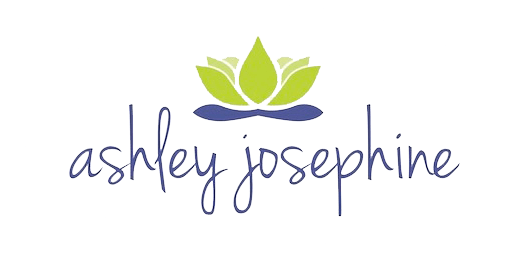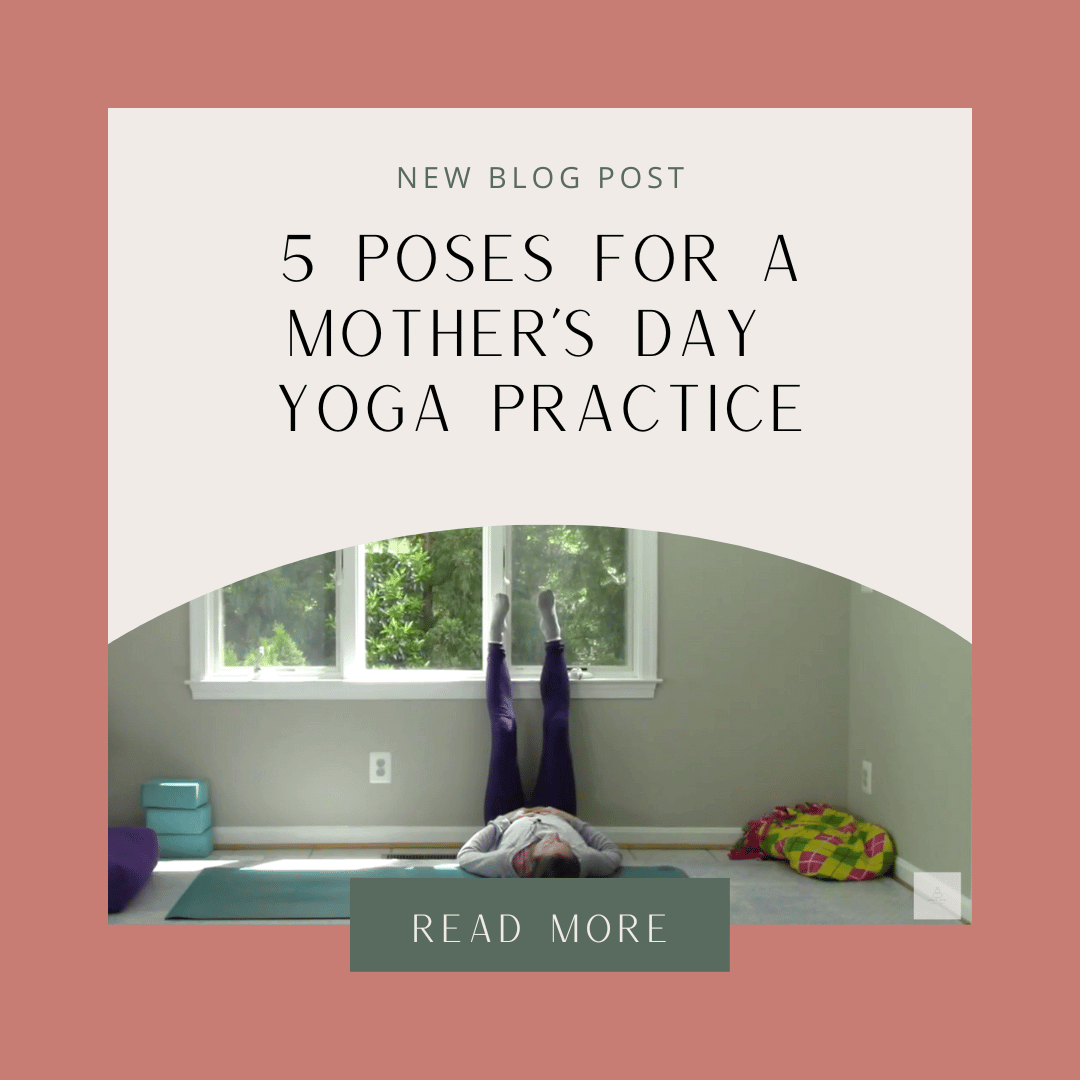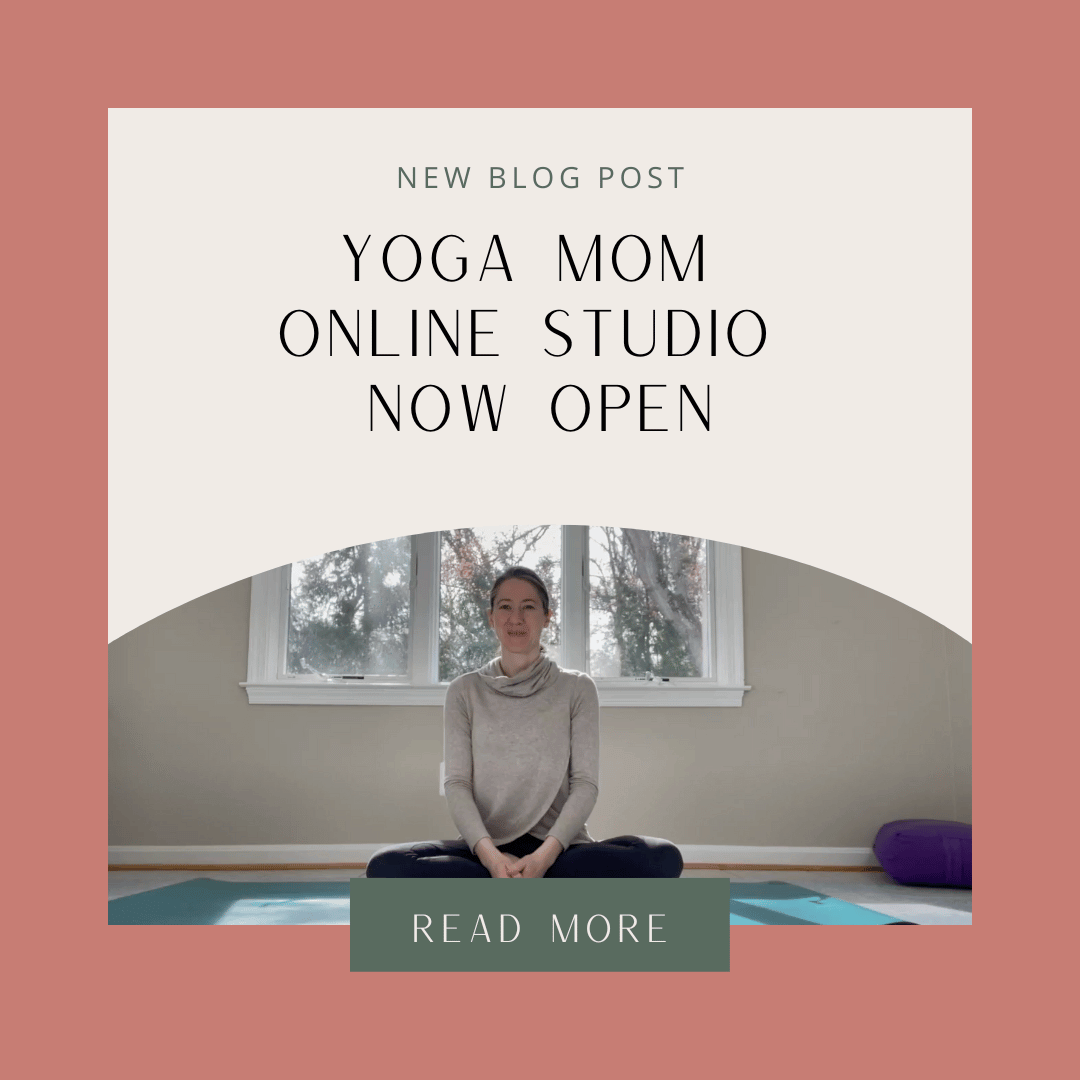Students often come to me with health and injury concerns and ask about yoga modifications they can make in their practice. Just the other day a woman in my class let me know while she was in Child’s Pose that her arthritic hip hurt in hip opening poses but she would power through and stretch it anyway. I tried to give her simple modifications, which she eventually heeded when the pain got too bad, at the same time that I gently reminded her yoga is not supposed to be painful. Uncomfortable, maybe, but never painful.
Yoga is meant to help and heal rather then injure and make worse the ailments that already plague our bodies.
As we normalize poor posture and bad movement habits into our daily life (sitting at a computer with shoulders hunched over as we type away with our little fingers), our bodies actually adapt at a cellular level thinking that our bad posture we spend the majority of our time in is the way our body ought to be always.
Ever heard of (or even have) a bone spur? This is our body’s way of building up more bone to support our poor posture, inflammation, and hurting body! Once the spur is there, it’s not going away no matter how many postural adjustments and exercises I give you. You’ve calcified your posture and bad movement habits in your bones!
Best to acknowledge your pain now as a warning signal from your body that something is out of alignment and take the necessary steps and stretches to realign and come back into harmony through targeted exercises and modifications in your normal yoga class.
Here is a list of yoga modifications that I offer most frequently to my students and clients when they come to me with physical injuries and concerns.
For that arthritic hip that is so painful in hip opening postures
Choose gentle hip opening poses on your back instead of ones like Half Pigeon or Child’s Pose that orient you such that gravity and the weight of your body bears down on your hip. Use your hip openers to gauge how far you can go in a pose before the pain starts and stop right before the pain trigger turns on. Also, work on strengthening the muscles around your hip, including your hamstring, quadriceps, glutes and low back. Sidebends and balancing postures can help with strengthening these muscles.
For your replaced or achey knee
If deep flexion (think pulling your foot into your butt or how much your knee has to work in a low squat), poses problems, take a rolled up towel underneath your knee to prevent the knee from flexing too far. This can work well in Child’s Pose and quad stretches. You can also place a towel, blanket, or rolled up mat underneath your knee if the hard floor and your bony patella just don’t get along. If lunges and squats put too much pressure on your knee – back off. While teachers often cue 90 degrees at the knee, that comes with the caveat of healthy knees only please!
For those extra tight hamstrings (ahem, runners)
Bend your knees. You can bend your knees in Downward Facing Dog! If your hamstrings will not permit straight legs unless you contort your back, arms, and shoulders to make it happen, then that is your body telling you that your hamstrings are tight, which you already knew, and that you need to bend your knees to build your flexibility over time.
Likewise, bend your knees in forward folds. Fun fact – I can’t truly straighten my legs in my forward fold because my hamstrings are too darn tight. Yes, even flexy, bendy yoga instructors need to modify based on what our body tells us every day. In fact, knowing what modifications to make for your body makes you an ADVANCED practitioner.
And while we’re near the subject of Downward Facing Dog, let me remind you that the goal of the pose is NOT TO PUT YOUR HEELS ON THE GROUND. Let me say that again in a different way. You don’t have to put your heels on the ground in Downdog. As long as you feel the stretch in your calves and hamstrings while pressing back through your heels in your Downdog, I’m happy. Stretch is good. To get your heels to the ground you’ll have to change the pose and then you’re no longer getting the same benefits. So love your lifted heels. My heels don’t make it to the ground either, because surprise!, my hamstrings and calves are too short.
One last thing on Downdog (I could write a whole post about this one pose!). If you’re one of the really flexy, bendy people who can tap your forehead to the ground, STOP and please never, ever do that again. That’s called hyperextension in your shoulders and if you do that consistently, you’ll end up with some serious shoulder issues down the road.
On hyperextension
Flexibility is a blessing and a curse. A blessing because it makes life a little easier. A curse because it means that we can hang out in our flexible joints without using our muscles. When we rely solely on our joints to progress us through our yoga poses, we’re slowly cutting away at the safety net in and around the joint that keeps it healthy. The cartilage, synovial fluid, and ligaments that comprise a joint are there for a reason. The more you misuse your flexibility and stress your joints beyond their normal range of motion, the more you’re asking for a joint replacement in your future.
Fun anatomy fact: Unlike your muscles, your ligaments don’t stretch back to normal. If you stretch a ligament, you just permanently lengthened that ligament, which also means that you just weakened the entire joint structure around it. This is why torn ligaments are such a big deal. They don’t just go back to normal after a while like a muscle that can shorten and lengthen.
I most often see hyperextended elbows in poses like Cat/Cow, Downward Facing Dog, and Upward Facing Dog. Put a slight bend in your elbows and use the strength of your muscles – biceps, triceps, brachioradialis – instead of your joint to hold you up. It’s a win-win-win, I promise.
For a sore neck
Change your gaze. If it hurts to look up over your fingertips in a twist or standing pose, then look down or straight ahead instead. You can even experiment with dropping your ear to your bottom shoulder for a bonus neck stretch.
For low back pain
This one is such a broad category and could stem from so many different issues, but generally, low back pain means that you’re not going to have a lot of fun in backbends unless you have a massively strong core. Work on strengthening your back with Low Cobra where your hands come up off the ground with your chest vs. stretching into your deepest, fullest expression of Cobra with your chest high and your arms straight.
Confession: I hate backbends. I have scoliosis and I haven’t trained my spine enough to perform backbends correctly so I don’t often practice them and I rarely teach them. Even though I’ve practiced yoga for over 7 years and have been teaching for almost 4, when the teacher calls for a backbend, I’m not going fully into it. And if I do, call me out because my ego is probably getting in the way.
For a bruised ego
It happens to all of us. This is why we practice in the first place. To calm our bad selves down and soothe the inner critic. You know your ego is getting in the way when you try to go into a pose that you know you can’t really do correctly, but it looks cool and you don’t want to feel left out.
When your ego gets in the way, breathe. Close your eyes. Return to your intention. Enjoy the stretch that you do experience in whatever version of the pose is best for you in that moment.
Everyone is good at some things and not so great at others. Like I said above, I’m not afraid to admit that my back is kinda weak and my hamstrings are tight. That means you won’t see me posting Instagram selfies of crazy beautiful contortionist backbends. You won’t see me posting many Instagram photos of anything because I’ve always had a hard time taking pictures, but that’s a whole ‘nother story.
I do have a relatively strong core though. So I’ve got that going for me. Except that I found out because my core is so strong I’ve lost the ability to soften my core muscles and engage Uddiyana Bandha (an advanced yoga breathing exercise…I’m working on it). In my Yoga Tune Up® training a few weeks ago I did all the core exercises with joy and then was hopeless when it came time to breathe properly. Others around me had no problem whatsoever breathing, but they marveled at how I could move so effortlessly throughout the core sequence.
Point is, we can’t be perfect. Your body has limitations whether you want to acknowledge them or not. Better to say hello to what you’ve got each and every day and use your yoga practice to heal rather then to re-affirm bad body habits and create further damage.
There are plenty of other ailments we all suffer from that I haven’t acknowledged here. Connect with me on Facebook and send me a private message or shoot me an email and let me know what you’re struggling with so I can offer you some yoga modifications and help you release your pain.





